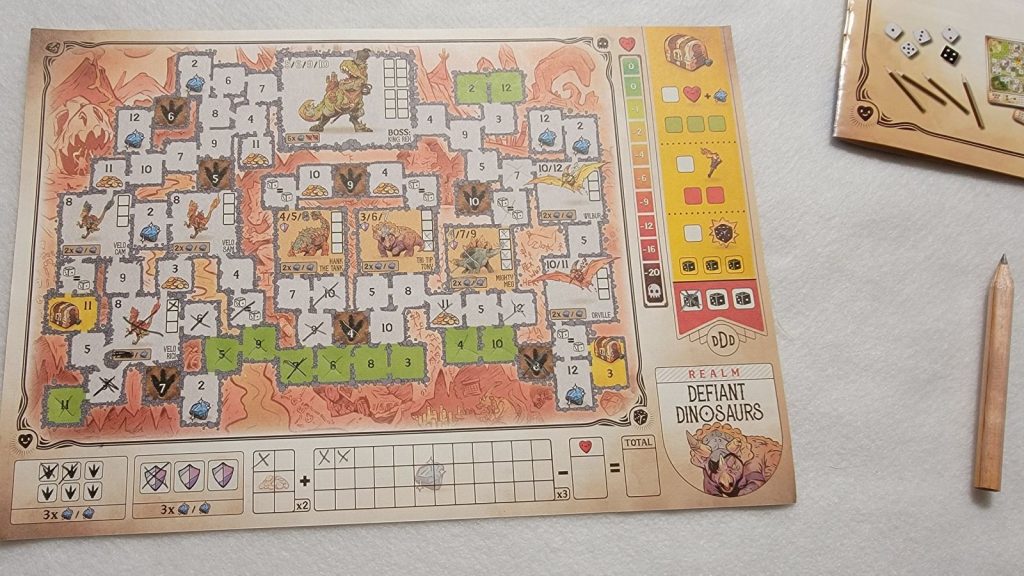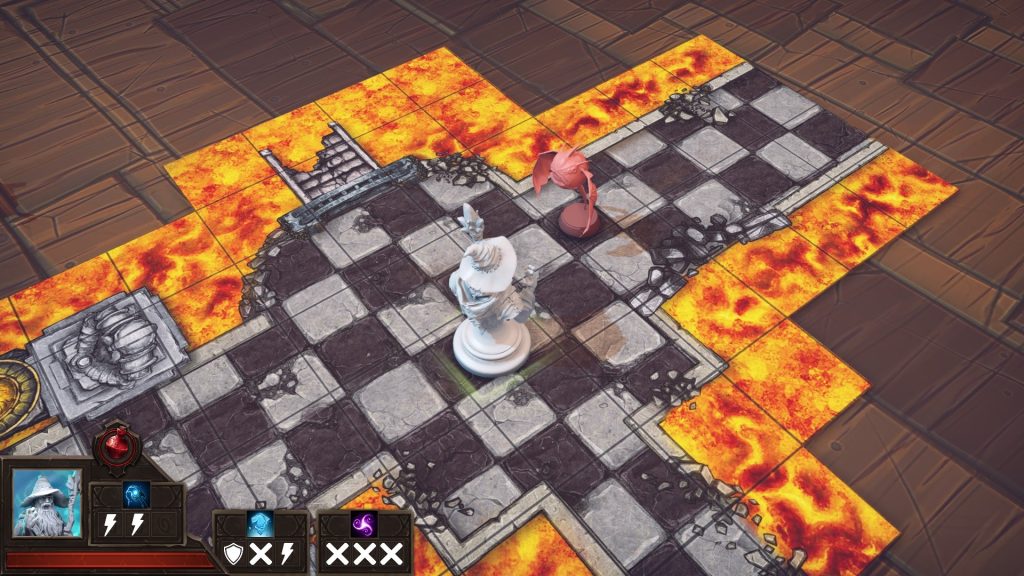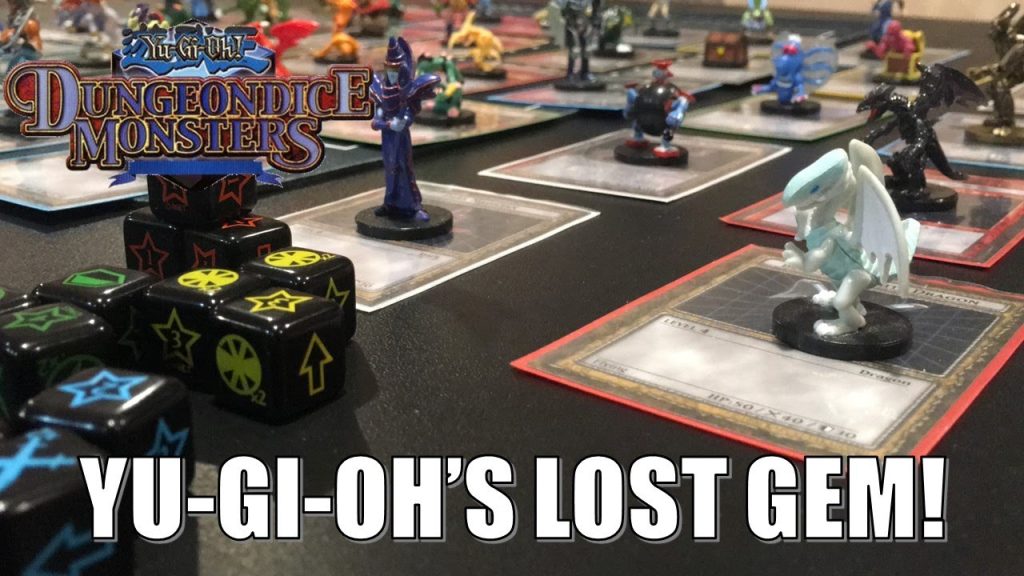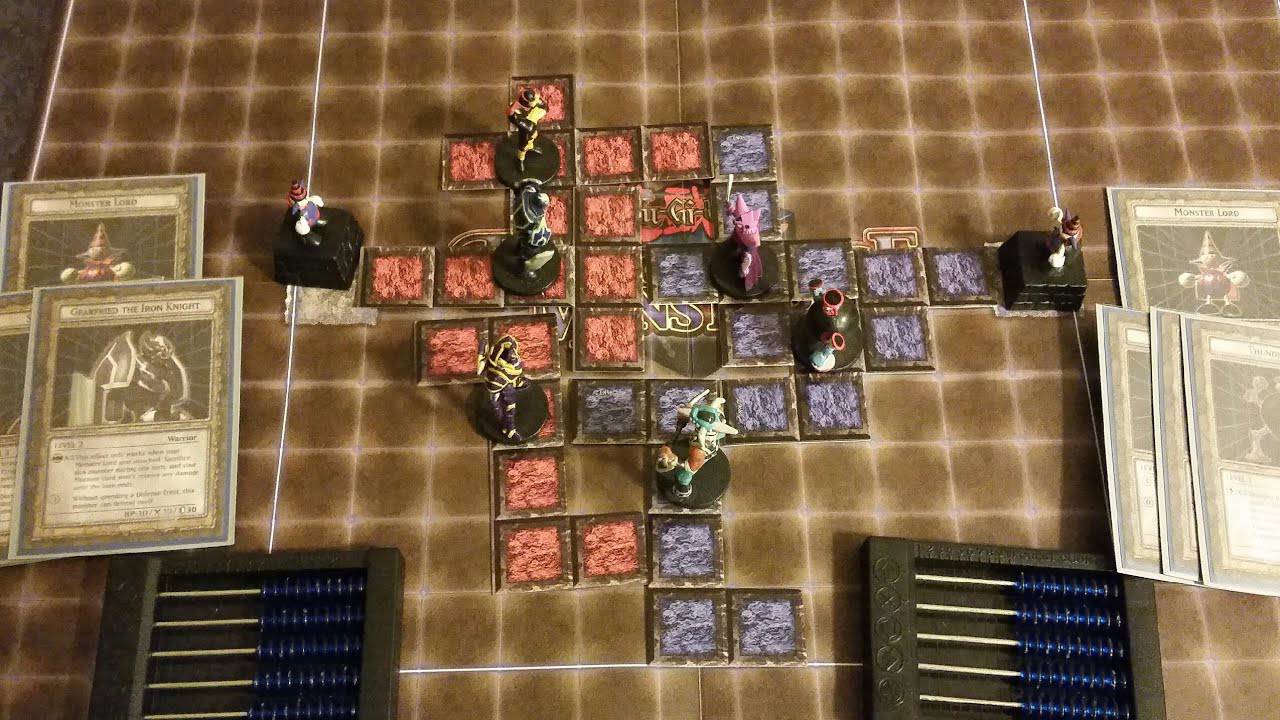Introduction
The world of tabletop games is filled with innovation and creativity, but few games stand out quite like Dungeon Dice Monsters. Originally introduced as part of the expansive Yu-Gi-Oh! universe, Dungeon Dice Monsters (often abbreviated as DDM) captivated players with its unique blend of dice mechanics, strategy, and dungeon-building elements. Unlike traditional board games, Dungeon Dice Monsters combines aspects of collectible gaming, tactical gameplay, and dynamic board expansion, making it an unforgettable experience for fans of strategy games and anime alike. Though it never reached the commercial heights of the original Yu-Gi-Oh! trading card game, Dungeon Dice Monsters developed a cult following and remains a fascinating and underrated title within the tabletop gaming world. In this guide, we’ll explore the origins, rules, gameplay mechanics, and cultural impact of Dungeon Dice Monsters while shedding light on why this hidden gem continues to capture the imagination of players decades after its release.
The Origins Of Dungeon Dice Monsters

Dungeon Dice Monsters was first introduced in the Yu-Gi-Oh! anime series, specifically during the Battle City arc where Duke Devlin, a charismatic game designer, challenges protagonist Yugi Muto to a new game of his own invention. The in-universe duel became so popular among fans that it inspired the release of a real-world version of the game by Konami in 2002. While it was only briefly produced and distributed in the West, the game built a loyal following, thanks in part to the popularity of the anime and the allure of dice-based strategic gameplay. Unlike the Yu-Gi-Oh! Trading Card Game, which relied on card decks and life points, Dungeon Dice Monsters introduced a whole new format of turn-based battles, monster summoning, and tile-based movement that challenged players to think spatially and tactically.
The Basic Structure And Components
Dungeon Dice Monsters comes with a variety of components that set it apart from conventional board games. At the core of the game are special six-sided dice, each engraved with summoning symbols, movement crests, attack crests, defense crests, magic crests, and trap crests. Each player is provided with a set of dice, monsters, and a Dungeon Master figure, which represents their life force. The goal is to protect your Dungeon Master while attempting to attack and destroy your opponent’s. The game board starts empty, but players use summoned dice to create dungeon paths, making the board dynamic and ever-changing with each turn. Each summoned monster also comes with its own unique stats and abilities, offering a diverse strategic palette to work with. From the moment the game begins, every decision a player makes—how to roll, what to summon, and where to place a tile—has a lasting impact on the outcome of the match.
How The Game Is Played?
At the start of a Dungeon Dice Monsters game, each player selects a set of 15 dice to build their Dice Pool. Dice are categorized by level, with higher-level dice generally providing stronger monsters but being harder to summon. Each turn, a player rolls three dice from their pool, aiming to achieve specific crest combinations. If a player rolls at least two summoning symbols, they may summon a monster and place its associated path tiles onto the board, gradually expanding their dungeon. The tiles serve as movement paths for monsters, and they must be strategically placed to protect your Dungeon Master while opening routes toward the enemy’s Dungeon Master. Monsters can move, attack, or defend using the crest points accumulated through dice rolls. For instance, attack crests allow monsters to deal damage, defense crests bolster resilience, and magic crests activate special abilities. The game ends when one player’s Dungeon Master takes three hits, resulting in a loss. This blend of randomness from dice rolls and careful planning through dungeon construction and monster positioning creates a compelling balance of luck and strategy.
The Role Of Strategy In Dungeon Dice Monsters
While dice rolling introduces an element of chance, the real heart of Dungeon Dice Monsters lies in its strategic depth. From the very beginning, players must carefully curate their dice pool to ensure they have a balanced mix of summoning potential and crest utility. Knowing when to summon a monster versus when to bank crests for movement or defense becomes crucial, especially in tight battles. Positioning is also a major component of success. Because dungeon tiles can block or funnel movement, clever players often create bottlenecks or traps to slow down the opponent’s advance while securing advantageous positions for their own monsters. Timing is everything—knowing when to strike, when to hold back, and when to manipulate the board layout can determine the outcome. Additionally, each monster comes with its own attributes, strengths, and special effects, so understanding the synergy between different creatures adds yet another layer to gameplay. Dungeon Dice Monsters rewards thoughtful planning and adaptation, making it more than just a game of chance.
The Aesthetic And Appeal
Visually, Dungeon Dice Monsters stands out with its intricate monster designs, colorful tiles, and stylized dice. The game captures the essence of the Yu-Gi-Oh! universe while offering a distinct artistic direction. The monsters, sculpted in miniature form, reflect the anime’s gothic-fantasy aesthetic, while the modular dungeon tiles provide a tactile satisfaction in building the board as the game progresses. The dice themselves are uniquely engraved and color-coded, adding to the visual charm and collectability of the game. This tactile and aesthetic appeal is one of the reasons why Dungeon Dice Monsters has remained popular among collectors. Even those who don’t regularly play the game often seek out its pieces to complete their Yu-Gi-Oh! memorabilia collection or use them as display items. The overall package is a striking blend of form and function, blending gameplay with art in a satisfying way.
Dungeon Dice Monsters And The Yu-Gi-Oh! Franchise
Dungeon Dice Monsters occupies a special place within the larger Yu-Gi-Oh! universe. Though it only appeared briefly in the anime, the game left a lasting impression on fans due to its unique mechanics and storyline significance. Duke Devlin, the creator of Dungeon Dice Monsters, became a beloved recurring character, and his rivalry with Yugi helped highlight the strategic complexity and excitement of the new game. Many fans first discovered DDM through the anime, and its release as a real-world board game created a bridge between fiction and reality that few franchises manage to achieve so effectively. Despite its short-lived production run, Dungeon Dice Monsters helped expand the Yu-Gi-Oh! brand beyond trading cards, showing the franchise’s potential for innovation in other gaming formats. In doing so, it carved a niche in the collective memory of the fanbase that remains relevant even today.
The Collectible Nature Of Dungeon Dice Monsters
One of the standout features of Dungeon Dice Monsters is its collectible aspect. Each monster figure, dice set, and tile has a unique design and rarity, making them highly sought after by collectors. As the game was discontinued relatively early in its lifecycle, complete sets or rare dice and monsters have become prized possessions in the secondary market. Online communities often trade, sell, or showcase their collections, with some dedicated forums and groups still active decades after the game’s release. The scarcity and quality of the components have turned Dungeon Dice Monsters into not just a game, but a collector’s item. For many fans, owning pieces of the game brings a nostalgic connection to the anime and a sense of pride in preserving a piece of gaming history.
Modern Revival And Fan Communities

Although Konami no longer actively supports Dungeon Dice Monsters, fan communities have taken it upon themselves to keep the spirit of the game alive. Various online platforms have created digital adaptations, allowing players to enjoy DDM matches virtually with others across the globe. Rulebooks, custom cards, digital dice rollers, and 3D-printable game components have been developed and shared among fans, breathing new life into a game that could have otherwise faded into obscurity. Some enthusiasts have even designed expanded versions of the game with new monsters, balanced mechanics, and additional features that were never present in the original release. These modern revivals showcase the enduring appeal of Dungeon Dice Monsters and demonstrate the power of community-driven passion in keeping legacy games relevant and exciting.
Comparing Dungeon Dice Monsters To Other Tabletop Games
When compared to other tabletop strategy games, Dungeon Dice Monsters stands out due to its unique blend of dice-based gameplay and modular board creation. Unlike games such as HeroClix, which also use collectible miniatures but follow a more traditional board setup, DDM allows players to actively build the battlefield as they play. This not only adds a layer of unpredictability but also enhances replayability, since no two games will ever have the same board configuration. Moreover, while many board games involve chance through card draws or dice rolls, DDM integrates chance into nearly every phase of gameplay, including movement, summoning, and combat. This creates a delicate balance where players must weigh probability and strategy at every turn. It occupies a space between collectible games like Magic: The Gathering and strategic board games like Chess, appealing to players who enjoy both unpredictability and deep thinking.
Challenges And Limitations
Despite its creativity and strong concept, Dungeon Dice Monsters faced several challenges that limited its mainstream success. One major factor was the complexity of the rules, which could be difficult for younger players or those unfamiliar with the strategy genre. The steep learning curve, combined with the randomness of dice rolls, could sometimes result in frustrating experiences for new players. Additionally, the limited release and lack of ongoing support from Konami meant that the game didn’t receive the expansions, refinements, or marketing push that could have helped it gain traction. Accessibility became an issue as well, with game sets quickly becoming rare and expensive on secondary markets. These limitations contributed to the game’s short lifespan, but for those who embraced its unique gameplay and aesthetics, Dungeon Dice Monsters became a beloved niche title.
Why Dungeon Dice Monsters Deserves A Comeback?

In an era where retro games and nostalgic reboots are thriving, Dungeon Dice Monsters is a prime candidate for a modern revival. With board games enjoying a renaissance and digital adaptations becoming more popular, there is an opportunity to reintroduce DDM to a new generation of players. Modern gaming platforms could offer a mobile or PC version of the game with polished visuals, online matchmaking, and tutorials that ease the learning curve. Physical reprints with updated rules and balanced dice could also re-enter the market to tap into the collector community and appeal to new fans. Its unique gameplay mechanics, dynamic board-building, and anime roots make Dungeon Dice Monsters an excellent candidate for resurgence. The combination of strategic depth and accessible fun, if properly marketed and supported, could elevate it to a top-tier tabletop title in today’s gaming landscape.
Conclusion
Dungeon Dice Monsters remains one of the most inventive and engaging board games ever inspired by an anime franchise. While it may not have achieved the commercial success of the Yu-Gi-Oh! Trading Card Game, it left a lasting legacy through its unique mechanics, rich visual design, and enduring fanbase. From dice rolling to dungeon building, every element of the game encourages creativity, strategy, and interaction. Its collectible nature, anime connections, and fan-driven community continue to breathe life into a game that could have otherwise faded away. For longtime fans and newcomers alike, Dungeon Dice Monsters offers a unique gameplay experience that bridges the worlds of board games and anime in a way few titles have ever managed. Whether you’re dusting off your old set or exploring it for the first time, Dungeon Dice Monsters is a game that continues to captivate—and one that truly deserves its place in the pantheon of tabletop gaming classics.

